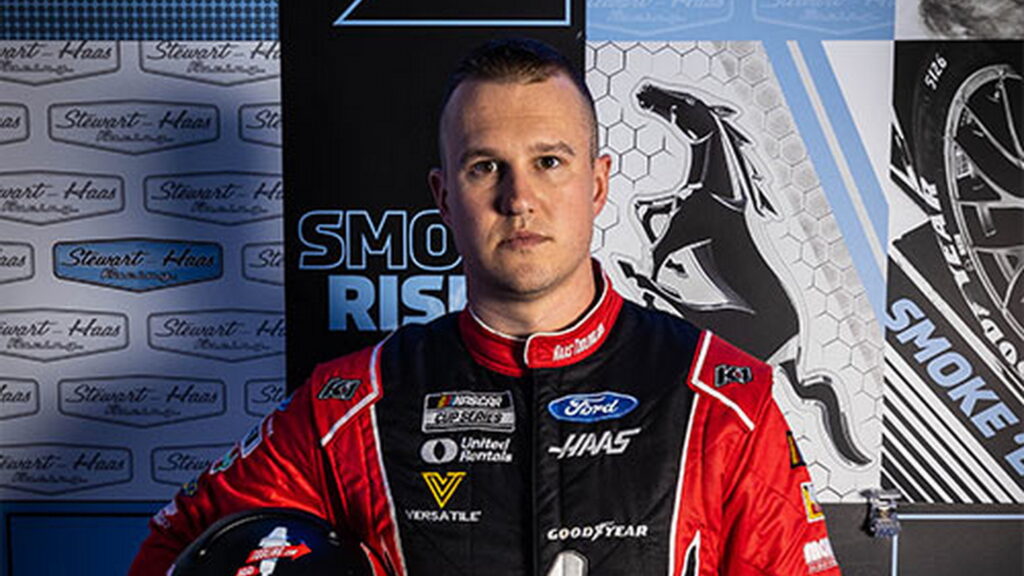NASCAR driver Ryan Preece is already heading back home after a violent crash saw him roll multiple times at the Daytona International Speedway. The 32-year-old driver spent a night in the hospital following the crash so that doctors could perform checks, but is now heading back to North Carolina.
The incident took place late in the race, while Preece was fighting his way through the pack. Going into the contest, the driver knew he had to win in order to be included in the championship-deciding NASCAR Cup Series playoffs.
Preece was in the process of moving his No. 41 Ford Mustang across the track when he made contact with Erik Jones’ car. The contact effectively fishtailed Preece, who started sliding sideways down the track and towards the grass.
Read: Speeding Car Cartwheels Into Tire Dealer Lot Hitting Eight Parked Vehicles
Earlier this morning, Ryan Preece was discharged from Halifax Health Medical Center.
— Stewart-Haas Racing (@StewartHaasRcng) August 27, 2023
He is on his way home to North Carolina.
The uneven ground popped the forward-facing side of the car up, allowing the wind to catch it, and rolling it. The car then fell, caught the grass, and barrel-rolled numerous times before coming to a rest in the infield, with a small fire at the front.
Preece was sent to the Halifax Health Medical Center, according to his team, Stewart-Haas Racing, who also said that the driver was “awake, alert, and mobile.” They also said that the driver was “communicating with family and friends.”
The driver was held overnight, discharged on Sunday, and allowed to go to his home in North Carolina, reports NPR. The extent of his injuries has not been made clear, but as soon after the crash as on Saturday evening, Preece was well enough to tweet “If you want to be a race car driver, you better be tough.” and adding that “I’m coming back.”
While the NASCAR world is relieved to hear of Preece’s release, the nature of the crash is leading to some concerns. During the broadcast, Jeff Burton, a NASCAR on NBC analyst, noted that crashes that send cars flying into the air and rolling multiple times are supposed to be much rarer today than they used to be.
“Fifteen to 20 years ago, these were the kind of wrecks we expected to see,” he said. “NASCAR has changed a lot about these cars to try to keep them on the ground.”
The Ford Mustang that Preece was driving was part of a new generation of stock cars, designed with an emphasis on driver safety. Although things like the safety cell seemed to work, it seems natural to assume that the higher a car flies, the higher the risk of injury.
Ryan Preece FLIPPED down the backstretch. 😳 #NASCAR | @NBC and @Peacock pic.twitter.com/Qztmvjd0NA
— NASCAR on NBC (@NASCARonNBC) August 27, 2023
Ryan Preece flipped 10 times in this violent crash late at Daytona.#NASCAR | @NBC and @Peacock pic.twitter.com/ho1EpXZr3E
— NASCAR on NBC (@NASCARonNBC) August 27, 2023




